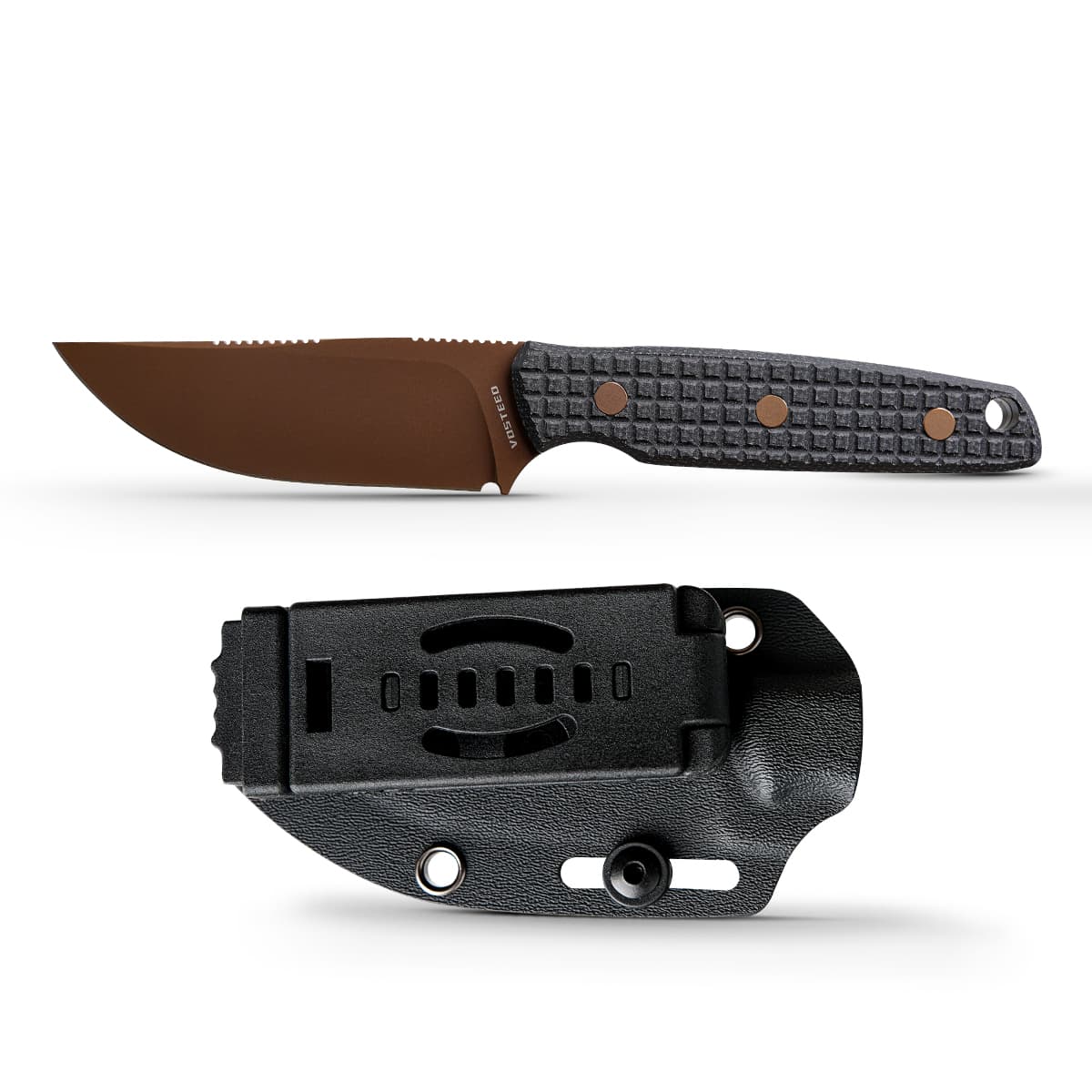Unleash Your Inner Chef: Discover the Secrets of Knives You Never Knew!
Unleash Your Inner Chef: Discover the Secrets of Knives You Never Knew!
Knives are more than just tools; they are the backbone of culinary practices. The right knife can transform not only the preparation process but also the overall cooking experience. Whether you're a novice in the kitchen or an experienced chef, understanding the variety of knives available and their specific uses can enhance your culinary skills significantly. In this article, we will explore the different types of knives, their unique features, essential knife skills for home chefs, and maintenance tips that will ensure your knives remain in top condition. Join us on this journey to uncover the secrets of knives that you never knew!
Understanding Different Types of Knives
In the world of cooking, having the right knife for the task at hand can make all the difference. There are several types of knives, each designed for specific purposes. Among the most common are the chef's knife, paring knife, and serrated knife. Each type has unique features that cater to different cutting techniques and food preparations.
Chef's Knife
The chef's knife is arguably the most versatile kitchen tool. With a broad, tapered blade that typically ranges from 6 to 12 inches, this knife is designed for a variety of tasks, including chopping, slicing, and dicing. The weight and balance of a chef's knife allow for efficient cutting motions, making it a favorite among chefs and home cooks alike. I remember a friend who was hesitant to invest in a good chef's knife; once she did, she couldn't believe how much easier it made her meal prep. From julienning vegetables to mincing herbs, the chef's knife handles it all with ease.
Paring Knife
Next is the paring knife, a small, nimble tool that is perfect for tasks that require precision. Typically featuring a blade of 3 to 4 inches, the paring knife excels at peeling fruits, deveining shrimp, and intricate tasks like removing seeds or coring. Its small size allows for greater control, and it's a go-to for detailed work. A colleague of mine swears by her paring knife for preparing garnishes; she can create beautiful presentations using just this little tool.
Serrated Knife
Finally, we have the serrated knife, which is essential for slicing through foods with a tough exterior and soft interior, such as bread, tomatoes, and cakes. Its saw-like edge allows it to cut cleanly without crushing the delicate insides. I once had a slice of homemade bread that was ruined because it was cut with a dull knife, which made me appreciate the importance of a good serrated knife. When used properly, it caters to a wide range of foods, making it a valuable addition to any kitchen.
Essential Knife Skills for Home Chefs
Mastering basic knife skills is crucial for any aspiring chef. Techniques such as chopping, slicing, and dicing not only speed up meal preparation but also improve the consistency of cooking. To chop vegetables, hold the knife at a 45-degree angle and use a rocking motion, keeping the tip of the knife on the cutting board. For slicing, a smooth, straight cut is essential, while dicing requires precise control to achieve uniform pieces. Practicing these techniques regularly can significantly enhance your confidence and efficiency in the kitchen. A friend of mine took a knife skills class and found that it transformed her cooking; she now tackles complex recipes that she previously thought were too difficult.
Knife Maintenance and Care
To ensure your knives perform well and last a long time, proper maintenance is key. This includes regular sharpening, cleaning, and storage. Sharpening your knives at least once a month can keep the blades in optimal condition, allowing for clean cuts and reducing the risk of accidents. Cleaning should be done immediately after use, avoiding the dishwasher to prevent damage. Instead, hand wash with mild soap and dry thoroughly. As for storage, consider using a knife block, magnetic strip, or protective sheaths to keep your blades safe and sharp. I learned this the hard way after a prized knife got damaged because it was stored loosely in a drawer. Proper care not only prolongs the life of your knives but also enhances your cooking experience.
Elevate Your Culinary Skills with Knives
In summary, understanding the different types of knives and their maintenance is vital for any home chef looking to elevate their cooking skills. From the versatile chef's knife to the precise paring knife and the essential serrated knife, each tool serves a unique purpose in the kitchen. By mastering essential knife skills and maintaining your knives properly, you'll not only cook more efficiently but also enjoy the process. So, go ahead—explore the world of knives, practice your skills, and unleash your inner chef!
